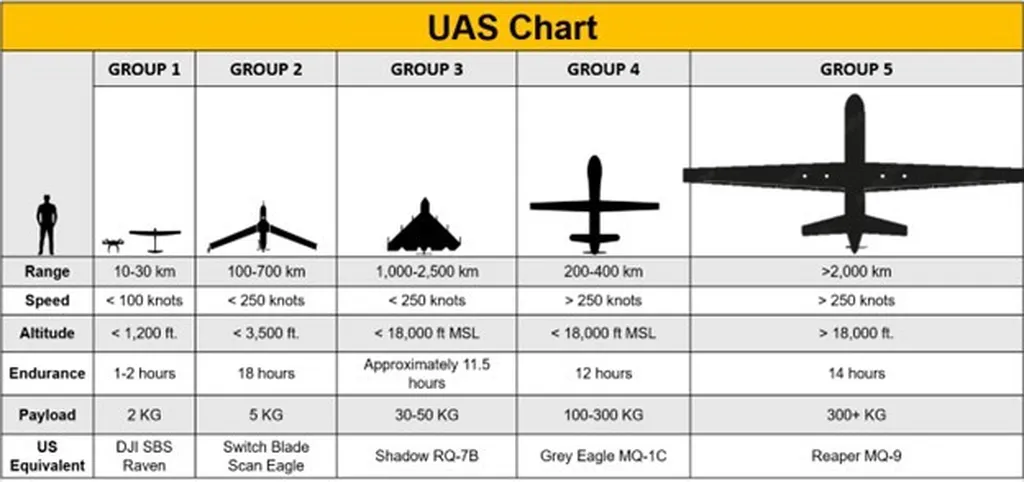In the heart of Iraq, a novel approach to volume calculations in construction projects is taking shape, promising to revolutionize how we manage and monitor stockpiles of materials. Sharafaddin Th. Muhammed, a researcher from the Department of Surveying Engineering at the University of Baghdad, has been pioneering a method that combines Unmanned Aerial Vehicle (UAV) photogrammetry and Terrestrial Laser Scanning (TLS) to improve the accuracy and efficiency of volume measurements. This research, published in the Journal of Engineering (مجلة الهندسة), could have significant implications for the energy sector and construction industry at large.
Traditionally, volume calculations have relied on conventional methods that are often time-consuming and labor-intensive. Muhammed’s research introduces a more efficient and accurate approach. “The integration of UAV photogrammetry and TLS offers a significant improvement in volume quantification,” Muhammed explains. “This method not only saves time but also reduces the labor and cost intensity associated with traditional techniques.”
The study focused on an area containing a stockpile of bulk materials and building remnants. Using a low-cost drone for data acquisition and advanced algorithms like Structure from Motion (SFM) and Multi View Stereo (MVS) for processing, Muhammed was able to achieve remarkable results. The UAV photogrammetry alone delivered a volume measurement of 2692 cubic meters with an accuracy of ±6 mm. When combined with TLS, the accuracy improved, albeit with some challenges in data registration.
“The data integration approach shows a high error level due to data registration obstacles,” Muhammed notes. “However, these obstacles can be overcome by applying a target-based registration approach, which can increase the accuracy level to several millimeters.”
The implications of this research are far-reaching, particularly for the energy sector. Accurate volume calculations are crucial for managing stockpiles of materials such as coal, ore, and other bulk commodities. The ability to quickly and accurately measure these volumes can lead to significant cost savings and improved operational efficiency.
Moreover, the use of low-cost drones makes this technology accessible to a wide range of construction and energy companies. “The significant effectiveness of low-cost drones to deliver accurate volume measurements in photogrammetry outperform the conventional techniques for estimation, management, and precise volume calculation of the stocks and materials in construction projects,” Muhammed states.
As the construction and energy sectors continue to evolve, the need for accurate and efficient volume calculations will only grow. Muhammed’s research, published in the Journal of Engineering, offers a promising solution that could shape the future of these industries. By combining UAV photogrammetry and TLS, companies can achieve greater accuracy, save time, and reduce costs, ultimately leading to more sustainable and profitable operations.
This innovative approach not only highlights the potential of emerging technologies but also underscores the importance of continuous research and development in the field of surveying and construction. As Muhammed’s work demonstrates, the future of volume calculations is bright, and the benefits are just beginning to be realized.

